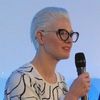
Image: Aubrey Wang
Aubrey (Xintong) Wang earned the nickname 'Aubruino' (a play on Arduino) from her tutor Zowie Broach early on in the first year of her MA fashion degree at the Royal College of Art. A BA fashion graduate from a degree in South Korea, now nearing completion of her MA, Aubrey is a designer cut from an entirely different cloth, or 3D printed from another filament, to use a more fitting analogy. A designer of heaving techno-fashion leanings and a longing for a more symbiotic relationship between these two disciplines, Aubrey spent her first MA year collaborating with Information Experience Design and Service Design students, exploring biolace, chairs that are impossible to sit on and a hamster to human communication device. Aubrey designs not for a fashion show, but for a future world where a philosophy that primarily asks 'why?' leads design inquisition. She favours critical design reasoning and methodology, leading her to read Speculative Everything and explore the work of Anthony Dunne.
Flicking through her sketch books reveals x-rays and MRI scans (attention well piqued!) and orthopaedic devices for correcting posture. These are intermixed with images of 80's and 90's sci-fi fashion editorials and still life representations by artist Mariko Mori which portray a kind of 'sci-fi normal' - the extraordinary in an everyday setting. That's where Aubrey's design thinking lives. She casts aside the idea of very sleek modern gadgets in favour of ephemeral and spirited 80's and 90's sci-fi inspired design. Where is the personality in an iWatch, after all?
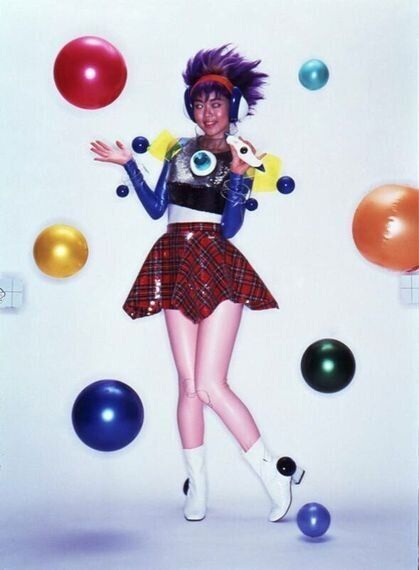
Image: Mariko Mori

Image: Mariko Mori

Image: Mariko Mori

Terry Gilliam's Brazil

Ridley Scott's Bladerunner
Her design thinking is about individual needs in an increasingly tech-enabled world, with a dose of surrealism thrown in to underscore the absurdity of how technology may take over our lives to the point where we wear a helmet that feeds us so that our hands remain free to clutch a smart 'phone and 'stay connected'. Leading her process is the creation of the object, and it's the fashion that follows. What results is an unfolding story, and in the case of her final collection, a series of helmets culminating in a 'feeding machine' and augmented clothing that has been pattern cut to correct the slump in posture caused by hunching over a smart 'phone. Her toile developments and fittings recreated this exact slumped scenario.

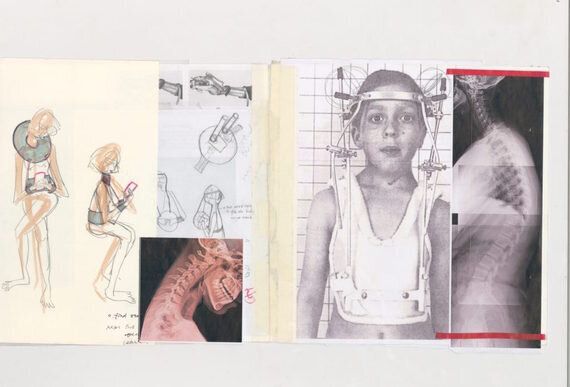

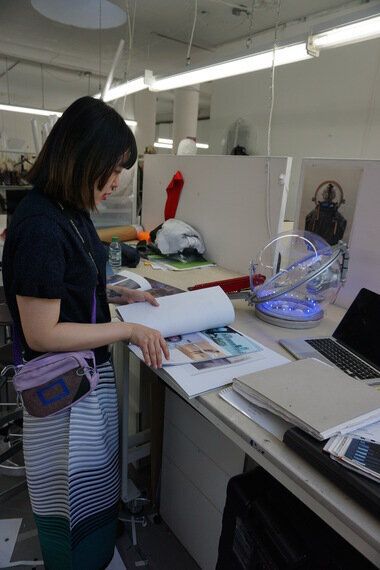

'Posture correction garment' - Image; Techstyler
Following the RCA graduate show held a week before our interview, to which Aubrey's collection had a great response, a buyer asked for the clothes minus the augmentation - just made really simply, because the buyer liked the fabric but the design was 'not commercial enough'. Cue an open reflection where Aubrey explains that she feels it would be a shame to make a 'commercial version' and loose the purpose and story of her collection, and that there is a space for her to explore story telling and commerciality through her plan to launch a studio that fuses her design thinking with real life briefs from brands, for example the Nina Ricci perfume project she completed during her MA at the RCA.
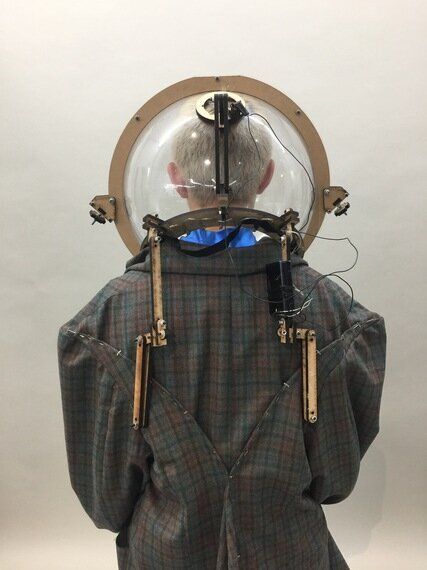
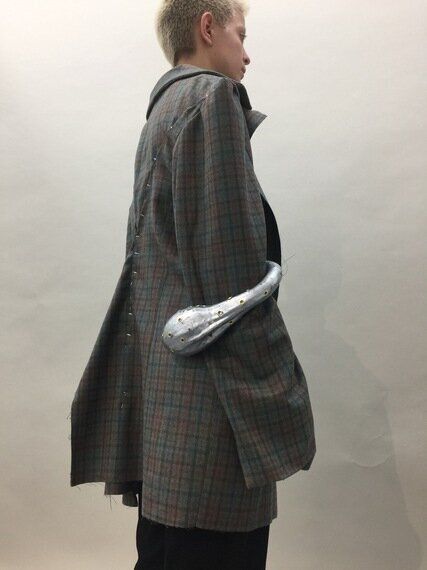
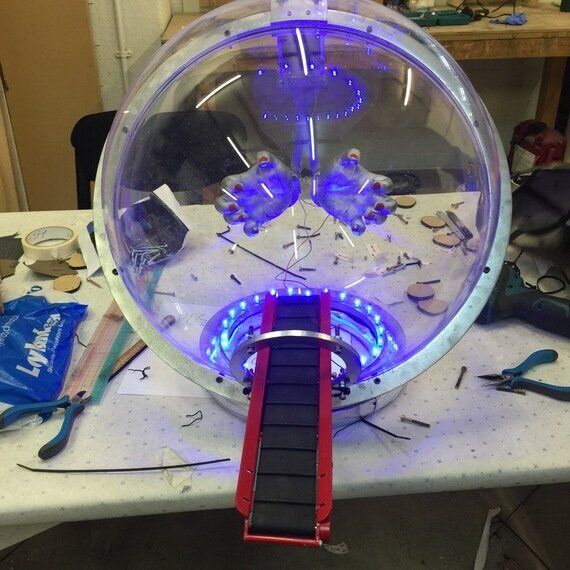
Work in progress images: Aubrey Wang
Fashion isn't enough, it seems, and Aubrey is clear in her mandate for maintaining her collaborate style of work. She believes that collaboration is the only way to achieve the fashion revolution that is required, and by many accounts, inevitable, in our impending fashion tech future. Aubrey thinks science, technology and fashion should work closer together, and that there should be a specific MA programme for fashion tech to avoid the limitations in this area of fashion designers today.


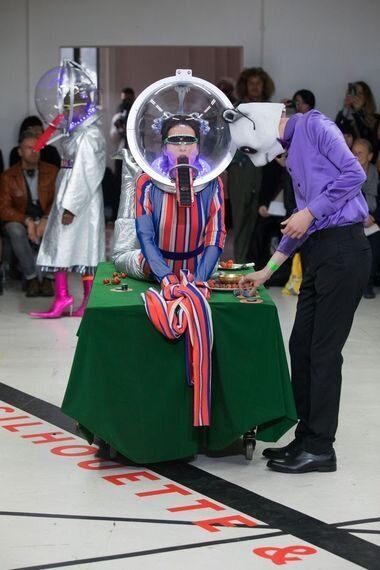

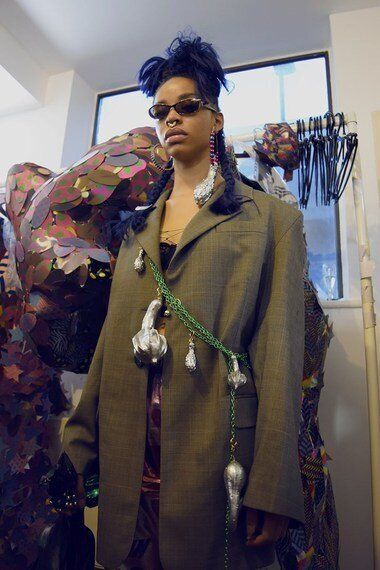

Images: Aubrey Wang, RCA MA Fashion Show
Reflecting on my interview with Aubrey and Zahra 'Sooty' Hosseini (to follow soon) I'd describe the RCA graduates that I have met as having a potent individualism. It's their understanding of themselves and their studious conviction that makes for such powerful storytelling in their work. Aubrey explains her view of the future as a very long road, along which her work will grow and when she is older she will shoot all of it - everything she has created will be interlinked and part of a continuum, creating a film that 'makes sense'. Her work is ever evolving and she is learning and growing with it. She is incredibly calm and happy in the knowledge that she is nowhere near the finished article. With such an open mind and challenging concepts I can't wait to see how Aubrey's journey unfolds.
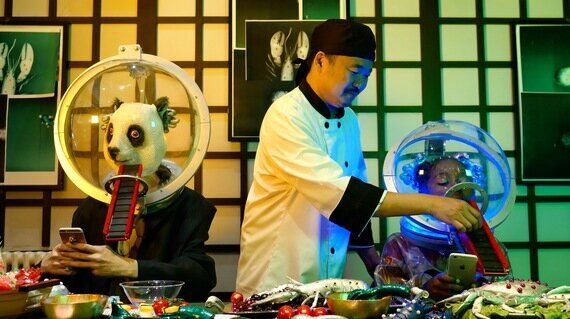
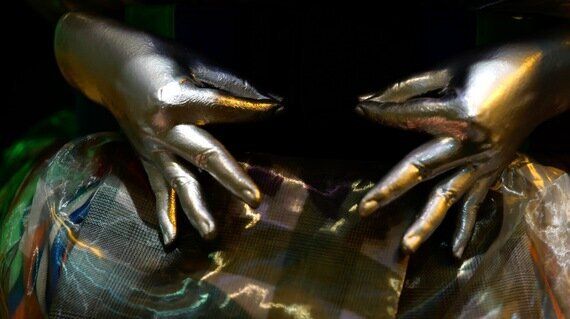


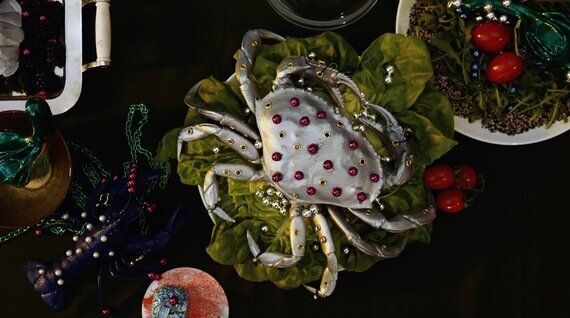
At the end of the interview, Aubrey and I chatted about our feelings on sustainability, challenges in fusing science and fashion and finding opportunities for creating and presenting this 'hybrid' work. In terms of fashion, she declares catwalk as 'dead' and pointless - a platform unfit for her work. So what is the right platform? We discuss the current gaping hole that fashion tech will eventually fill, both in terms of more suitable products and more dynamic and engaging presentation of work. We talk about alternative formats including installation and film, lamenting the restrictive nature of the current fashion week formats and our frustration on the lack of vision of those setting said formats.

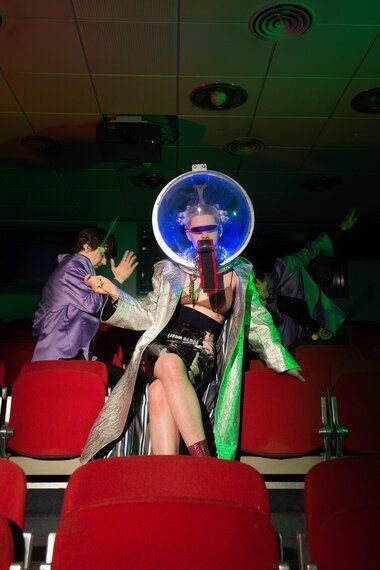

Final Collection Images: Aubrey Wang
It strikes me as a paradox that the RCA graduates I have met are fiercely individual yet so readily looking to collaborate. Fashion is often secretive, protective and insular. I've always believed that if you have a unique point of view (surely crucial in the overly noisy and crowded fashion arena) then why the need to be protective and secretive? Aubrey and her peers apparently don't seem to suffer from this insular mentality, advertising the fact that they are working alongside other creatives to test and enrich their practice and designs, celebrating the fusion of disciplines and sharing the credit for the work, which has not traditionally been the way of fashion designers. A new dawn of hybrid creativity and collaborative individualism appears upon to be upon us and set to shape our fashion tech future.
Originally posted on Techstyler.fashion
Follow Techstyler on Instagram
